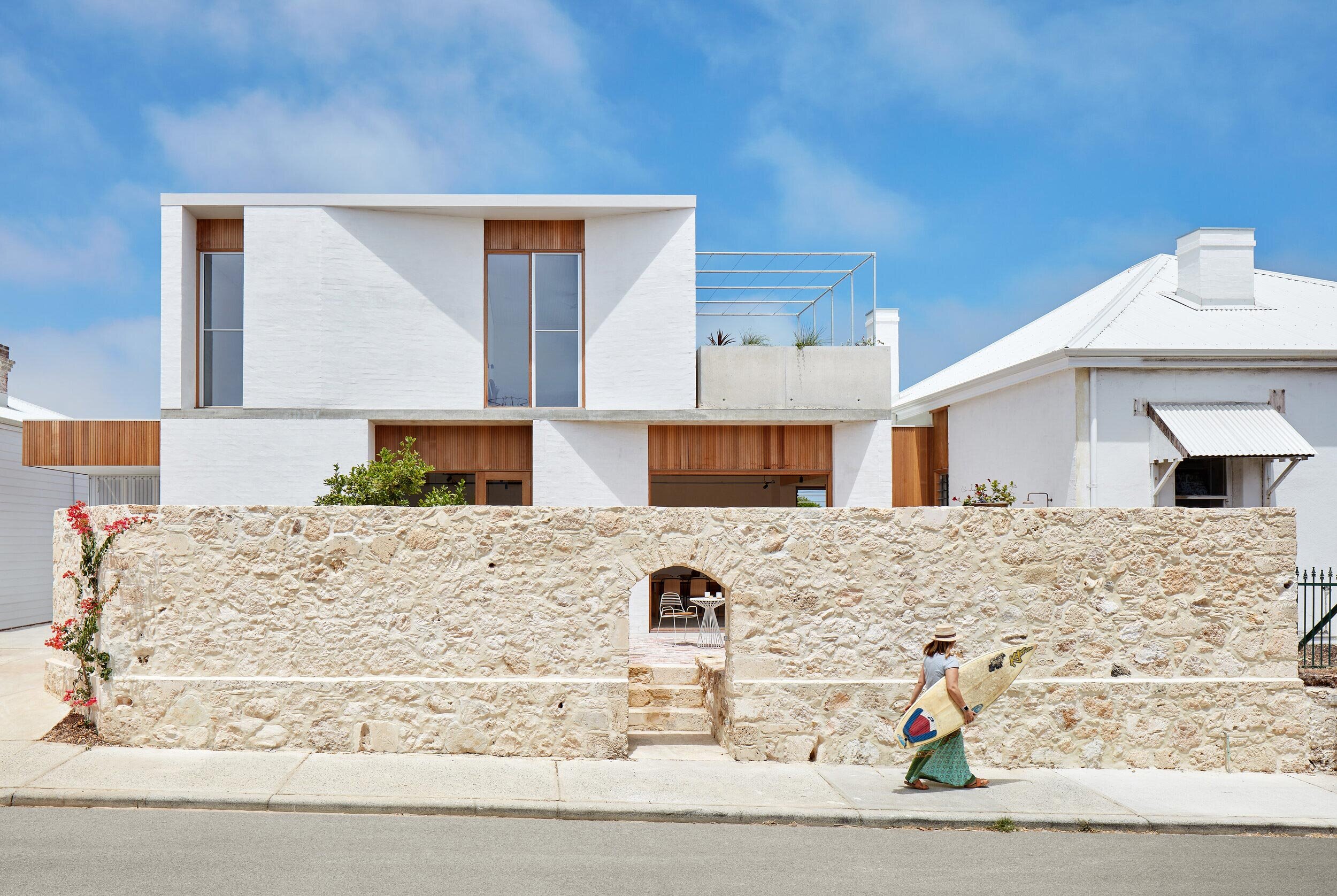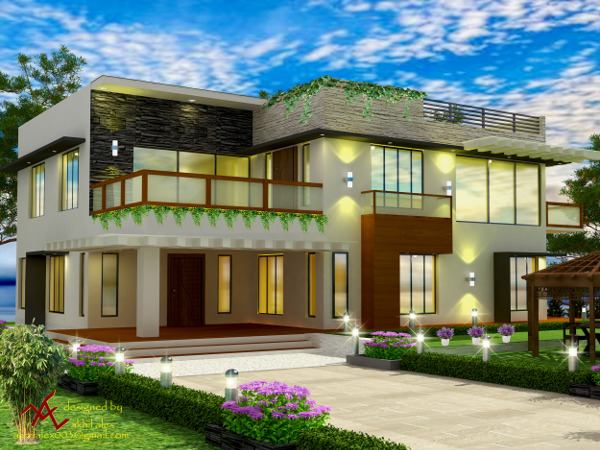Exactly How Residential Architects Develop Personalized Residences for Every Way Of Life
The procedure by which property engineers layout tailored homes is a nuanced interaction of recognizing client needs and translating those insights right into useful living areas. With detailed appointments and the usage of style tools, engineers record the significance of their clients' lifestyles, guaranteeing that each home reflects personal values and goals.
Understanding Customer Needs

Reliable interaction is vital in this process. Engineers must motivate customers to verbalize their lifestyles, family members characteristics, and future goals, making certain that the layout shows their one-of-a-kind identity. By utilizing tools such as questionnaires, meetings, and visual studies, designers can collect beneficial insights right into the customer's vision.
Additionally, comprehending the context in which a home will exist is essential. Engineers should think about aspects such as the site features, local environment, and social influences that can influence the design. This all natural approach enables for the creation of spaces that are not just aesthetically pleasing however also useful and lasting.
Inevitably, a deep understanding of client needs makes it possible for architects to produce personalized homes that enhance the quality of life for their occupants, fostering a feeling of belonging and comfort within their living settings.
Design Refine and Partnership
The layout process in residential design is a dynamic interplay of creative thinking and collaboration, where architects, customers, and numerous stakeholders work very closely to bring a vision to life. This iterative journey commonly begins with a series of meetings to develop a comprehensive understanding of the client's goals, preferences, and lifestyle demands. Throughout these discussions, architects collect essential information, enabling them to conceive layouts that straighten with the customer's vision.
Complying with the preliminary appointments, the layout stage evolves through illustrations, 3D versions, and architectural makings. This aesthetic interaction acts as a tool for architects to existing concepts, while likewise inviting customer responses, making certain that the final design reverberates with their assumptions. Efficient collaboration with designers, contractors, and interior designers is critical throughout this stage, as it guarantees that all practical aspects of the task are seamlessly incorporated.

Incorporating Way Of Living Components
Integrating way of living elements into residential style is essential for creating areas that genuinely reverberate with the citizens. residential architecture homes. This process starts with recognizing the one-of-a-kind needs, preferences, and daily routines of the homeowners. Architects engage in extensive discussions to discover exactly how the private or household uses their space, whether for entertaining guests, pursuing hobbies, or seeking peaceful resort
As soon as these understandings are gathered, engineers can tailor design features that boost day-to-day experiences. Open flooring strategies might be developed for families that prioritize togetherness, while committed work areas can be integrated for those that function from home. Outside areas, such as patio areas or yards, can be stressed for households that delight in outdoor tasks or amusing.
Furthermore, versatility is a crucial factor to consider; multi-functional spaces permit for versatility as lifestyles progress over time. Customized storage space options can also be included to satisfy certain organization demands, making sure that the home remains useful and clutter-free. Inevitably, by attentively weaving way of living components right into the architectural textile, property architects develop customized homes that not just fulfill aesthetic needs but additionally dramatically enhance the high quality of life for their customers.
Sustainable and Smart Style
Lasting and smart style significantly plays an essential duty in residential design, as homeowners look for to decrease their environmental effect while boosting their living experiences. Engineers are now integrating environmentally friendly products, energy-efficient systems, and cutting-edge technologies to create homes that not only satisfy visual wishes however also offer the world.
Integrating renewable energy sources, such as solar panels and wind turbines, enables home owners to harness all-natural sources, considerably minimizing dependence on standard power grids. Smart home modern technologies better boost sustainability by maximizing power use via automated systems that manage air conditioning, lights, and home heating based upon tenancy and preferences.
Furthermore, using lasting structure materials-- like reclaimed timber, bamboo, and reused steel-- advertises a circular economic climate, reducing waste and source usage. Designers likewise emphasize easy style principles, ensuring homes are oriented for optimum natural light and ventilation, thereby minimizing the demand for synthetic cooling and heating.
In addition to eco-friendly advantages, wise and lasting design adds to the overall convenience and wellness of residents. By focusing on interior air top quality and natural components, designers create areas that foster wellness, allowing house owners to thrive attuned to their environment.
Completing and Applying Plans
Settling and implementing plans is a crucial stage in the household architecture procedure, where the vision of a customized home starts to appear. This stage includes careful focus to detail, making sure that every aspect of the style is specifically expressed and ready for building. residential architecture homes. Designers team up closely with clients to evaluate last plans, resolving any kind of last-minute adjustments or issues, while image source guaranteeing that all aspects straighten with the home owner's lifestyle needs
Once plans are completed, designers prepare thorough building and construction documents, including comprehensive drawings and specifications that work as a blueprint for contractors. These files describe materials, surfaces, and setup methods, offering clarity for professionals and subcontractors. Furthermore, protecting needed licenses and adhering to local building ordinance is essential, as it makes certain conformity and smooth project execution.
By promoting a collaborative setting, designers can guarantee that the implementation lines up with the original vision. Ultimately, this important stage transforms concepts right into reality, laying the structure for a home that reflects the one-of-a-kind way of life and choices of Get More Info its residents.
Conclusion
In verdict, household architects play a critical function in crafting personalized homes that provide to varied way of livings. Via meticulous understanding of client needs, collaborative design processes, and the combination of way of life aspects, architects make sure that each home mirrors specific choices.
The procedure by which property designers style personalized homes is a nuanced interplay of comprehending client requirements and equating those insights into functional living spaces. Through comprehensive appointments and the use of layout devices, designers catch the essence of their clients' way of livings, making certain that each home reflects individual worths and ambitions. Designers should urge customers to verbalize their lifestyles, family dynamics, and future aspirations, guaranteeing that the style shows their distinct identity.The layout process in residential style is a dynamic interplay of creative thinking and partnership, where architects, browse this site customers, and different stakeholders work closely to bring a vision to life - residential architecture homes. Via careful understanding of client demands, collective design procedures, and the integration of way of living elements, designers make sure that each home mirrors specific preferences
Comments on “Residential Interior Architect Services to Enhance Your Home’s Aesthetic and Functionality”